The First Official Nebraska Tractor Test was Started in this Building March 31, 1920. These Pioneer Tests Became Worldwide Standards and are Recognized by The American Society of Agricultural Engineers as an Historic Landmark of Agricultural Engineering. 1980
1920
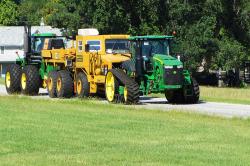
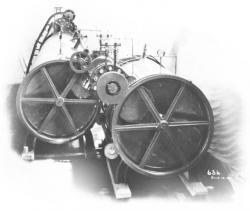
The Food Canning Industry Was Revolutionized In 1920, When The Continuous Rotary Pressure Sterilizer Was Introduced By Albert R. Thompson. Thompson Was Chief Engineer For The Anderson-Barngrover Co. Of San Jose, California, Now The FMC Corporation. The Sterilizer Cooked Canned Products Uniformly Under Pressure For Short Period At High Temperatures, Then Quickly Cooled Them Under Pressure To Prevent Swelling Or Bursting. It Operated Continuously At Speeds Of Up To 400 Cans Per Minute.
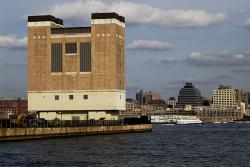
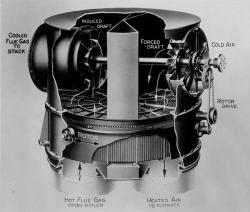
The Ljungstrom air preheater is a regenerative heat exchanger, invented in the 1920s and soon used throughout the world. Dr. Fredrik Ljungstrom, then technical director at Aktiebolaget Ljunstrom Angturbin, invented it for preheating combustion air in boiler plants, but the use has expanded to include energy recovery in combination with the removal of oxides of sulfur and nitrogen.
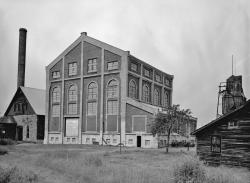
The largest mine hoist in the world, it serves the two incline skipways of Shaft No. 2, almost 9,300 feet long. The overhead winding drum has a diameter of 30 feet, of which the cylindrical center section is 10 feet long. The two 10-foot long end sections taper down to a 15-foot diameter. Wire hoisting ropes (almost 27 tons) could be wound onto a small end of the cylindrical drum as the other rope unwound from the cylindrical section.
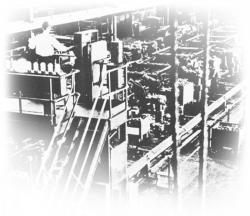
In 1899, during the earliest days of the automobile revolution, A. O. Smith developed a new, lightweight steel car frame. Within a few short years, he was selling these frames to a “who’s who” of car makers including Cadillac, Oldsmobile, and Ford. A. O. Smith’s son, Lloyd Raymond, carried on the family company, expanding the automotive business and introducing the world’s first automated frame production line, the Mechanical Marvel.
Innovations

In 1899, during the earliest days of the automobile revolution, A. O. Smith developed a new, lightweight steel car frame. Within a few short years, he was selling these frames to a “who’s who” of car makers including Cadillac, Oldsmobile, and Ford. A. O. Smith’s son, Lloyd Raymond, carried on…
Read More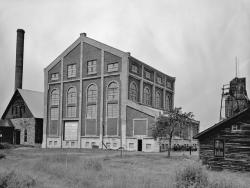
The largest mine hoist in the world, it serves the two incline skipways of Shaft No. 2, almost 9,300 feet long. The overhead winding drum has a diameter of 30 feet, of which the cylindrical center section is 10 feet long. The two 10-foot long end sections taper down to a 15-foot diameter. Wire…
Read More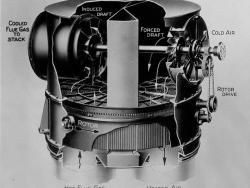
The Ljungstrom air preheater is a regenerative heat exchanger, invented in the 1920s and soon used throughout the world. Dr. Fredrik Ljungstrom, then technical director at Aktiebolaget Ljunstrom Angturbin, invented it for preheating combustion air in boiler plants, but the use has expanded to…
Read More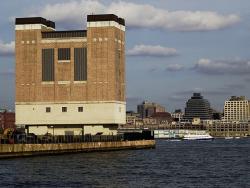
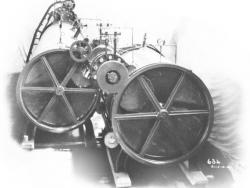
The Food Canning Industry Was Revolutionized In 1920, When The Continuous Rotary Pressure Sterilizer Was Introduced By Albert R. Thompson. Thompson Was Chief Engineer For The Anderson-Barngrover Co. Of San Jose, California, Now The FMC Corporation. The Sterilizer Cooked Canned Products…
Read More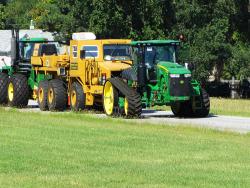
The First Official Nebraska Tractor Test was Started in this Building March 31, 1920. These Pioneer Tests Became Worldwide Standards and are Recognized by The American Society of Agricultural Engineers as an Historic Landmark of Agricultural Engineering. 1980


